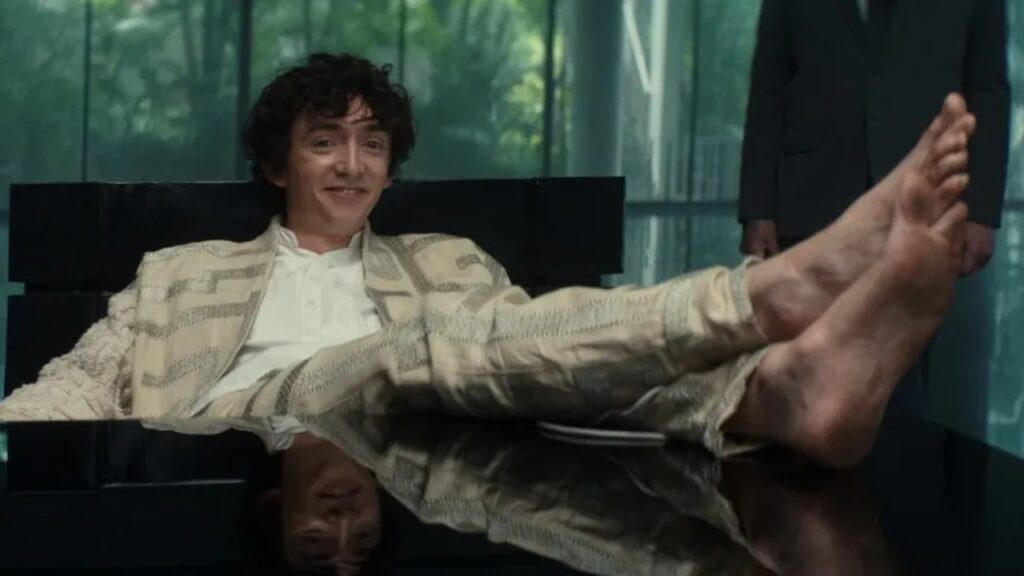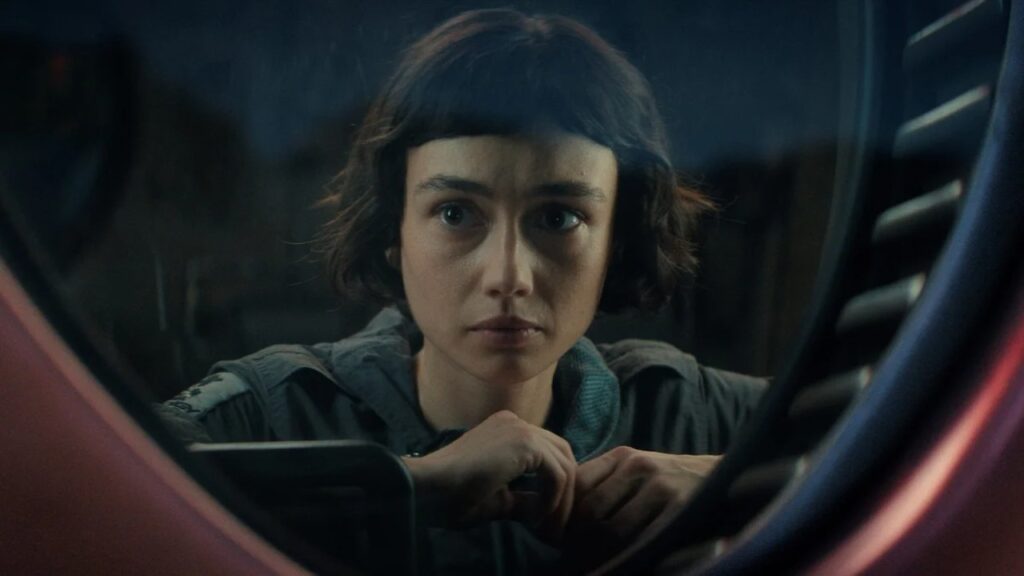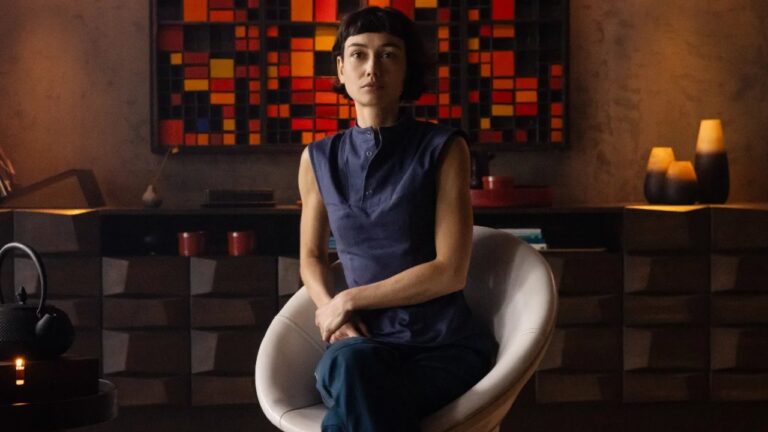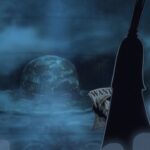Warning: This story contains spoilers from ‘Alien: Earth’ Episode 6, ‘The Fly.’
Noah Hawley’s ‘Alien: Earth‘ is audacious in a way few sci-fi dramas dare to be. It clearly entwines the timeless mythology of ‘Peter Pan‘ with the existential horror of the ‘Alien‘ universe. At the center of this ambitious mash-up is Boy Kavalier (Samuel Blenkin), a charismatic, ruthless, and unapologetically boyish CEO whose life and hubris mirror the “Boy Who Wouldn’t Grow Up” in eerie, disquieting ways.
Kavalier’s Neverland is no paradise. After all, it is a fortress of extreme isolation, experimentation, and control. It is an island where he engineers human-alien hybrids and plays god with the consciousnesses of innocent children. Sydney Chandler’s Wendy stands out among these creations as an avatar of both innocence and power, something so powerful that it echoes the maternal gravitas of her literary namesake. Blenkin himself describes Kavalier’s relationship with Peter Pan as a “fun but dangerous misinterpretation,” which is a heroic delusion. Kavalier sees himself as the daring Peter Pan, who is the disruptor and the ultimate arbiter of his Neverland.
Bare Feet, Billion-Dollar Boards, and the Dark Irony of Eternal Youth in Hawley’s Universe

Episode 6, ‘The Fly,’ fully embodies this aesthetic and psychological layering that left us puzzled with never-ending theories. We see Kavalier stride into a corporate showdown with Weyland Yutani’s CEO (Sandra Yi Sencindiver) barefoot, his pajama-adjacent attire signaling both irreverence and dominance. Blenkin notes that these choices were intentional, and the shoes would have grounded Kavalier in reality. But his bare feet broadcast his refusal to conform. His desire to remain untethered and untame is like a disruptor in every sense. The arrogance is literal and symbolic as it is lounging across the conference table, where he negotiates billions, as well as exhibiting casual contempt, as his goal is to turn every boardroom encounter into a theater of audacity for the fans.
Yet Kavalier’s bravado is not without consequence. While he flexes his power in corporate boardrooms, behind him, chaos brews back at Neverland. Aliens escape containment, all the hybrids are imperiled, while foreshadowing Joe (Alex Lawther) and Wendy’s plan. The meticulous precision of Kavalier’s control contrasts with the unpredictable consequences of his experiments, reminding us that in Hawley’s universe, hubris is as dangerous as any xenomorph.
Hawley’s Alien: Earth layers these narrative threads with careful Peter Pan canons, all the way from the titular “Neverland” facility to Wendy’s synthetic body and the famous Lost Boys and Girls analogues that we grew up watching in Disney’s Peter Pan. The show honors and subverts the source material, as these references serve dual purposes as they situate viewers in a familiar mythos while reframing it through the lens of modern corporate dystopia, raising questions about power, childhood, and basic morality. The hybrids’ anti-aging criteria narrate a refusal to grow up, which also mirrors the original story. The creator made sure to show us the dark irony surrounding the idea of eternal youth, which, in this case, is manufactured, unnatural, and morally frightening.
Beneath the surface of this fantastical setup, Alien: Earth asks its fans and the entire franchise the deepest questions. What makes us human? In a world dominated by cyborgs, synthetic bodies, and hybrid minds, humanity becomes a paradox. Is it our empathy, our memories, or the physicality of mortality? Or is it, as Hawley hints, our hubris and capacity for cruelty that truly define us? Wendy’s journey, particularly as she navigates the blurred line between human and alien, crystallizes this dilemma. The series provocatively suggests that humans, in their obsession with control and immortality, might be more alien and monstrous than the extraterrestrials they fear.
How Hawley Combined Horror, Philosophy, and Childhood Myth

Visually and narratively, the show also honors the franchise’s core roots. The slow, haunting camera work is the existential dread and the alien encounters; all of these echo Ridley Scott’s 1979 masterpiece, while the expanded TV format allows for more introspection and world-building for us. References to Disney’s animated Peter Pan are projected across Kavalier’s lab ceiling, which ties together the fantastical and the horrifying, making the hybridity of innocence and ambition palpable.
Ultimately, Boy Kavalier is the heart of Alien: Earth, who is a figure who embodies both the charm and danger of eternal childhood. He is Peter Pan stripped of whimsy, a disruptive force in a world of human ambition, and a mirror for the audience. And are we, in our relentless pursuit of mastery and immortality, any less monstrous than the aliens we study?
In a series that balances terror with philosophy, action with allegory, Hawley dares us to wonder whether our greatest monsters are not extraterrestrial, but the all-too-human impulses we bring to the universe itself. Alien: Earth doesn’t just expand the Alien mythos because it forces us to confront the darkness of our own Neverland, where immortality is possible, but innocence is forever lost.




